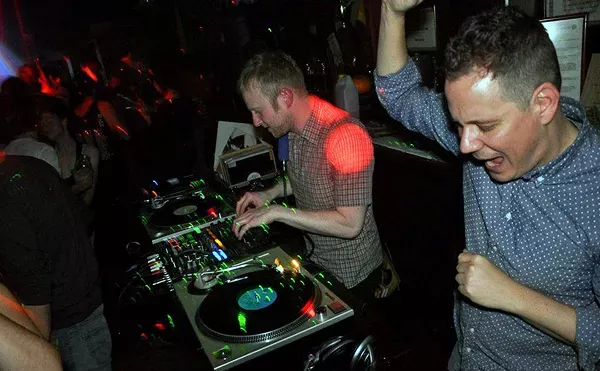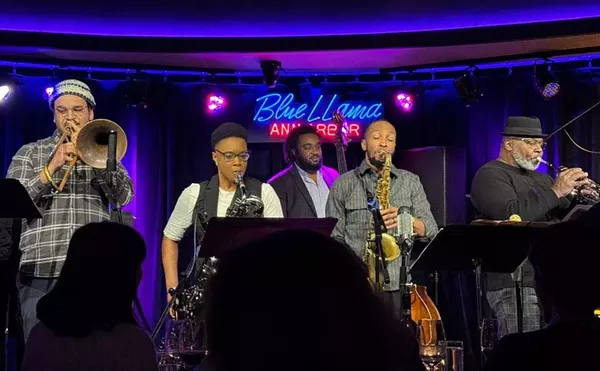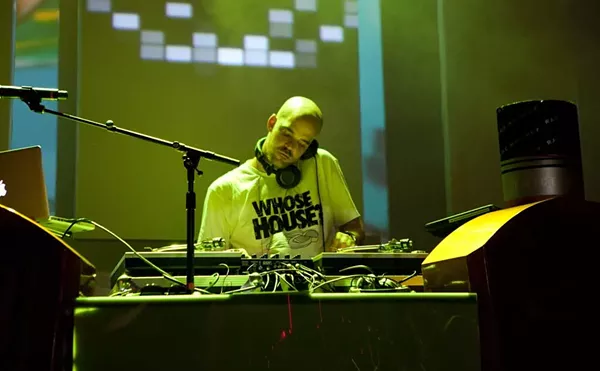The early music movement first gained attention in the ’60s, with such groups as Concentus Musicus and the Early Music Consort, ensembles pretty much considered on the fringe. After all, the musicians performed on weird instruments like the sackbut and shawm. Most classical musicians still played contemporary instruments in the modern style, and that’s what most audiences seemed to prefer.
But the early music movement picked up steam in the 1970s and ’80s. Music was heard in a way that was simultaneously old and new. The modern violin, with its warm, pear-shaped tone, was replaced by a thinner-sounding instrument. Valveless horns replaced their more agile modern counterparts. Tempos were revved up. Sometimes pitch was lowered to approximate the sound from earlier centuries. Handel’s Messiah was sung by a complement of about 35, roughly the number Handel used, rather than a 75-voice choir.
Some aficionados were fascinated, while others whined that they wanted their old Bach back. Most early music groups focused on Baroque and Renaissance music. But in the 1980s and ’90s, conductors such as Roger Norrington and Charles Mackerras took a fresh look at 19th-century performing practices. Beethoven, Schumann and even Brahms were reinterpreted by such ensembles as the Orchestra of the Age of Enlightenment and the London Classical Players.
There was a groundswell of opposition. Messing with the ancient stuff was tolerable, but monkeying around with the well-loved Romantic repertoire was unconscionable. Oddly, much of the kvetching came from supposedly broad-minded critics.
"Authentic" buffs are not music Nazis. They merely want to present another way of interpreting music. Of course, zealots contend you have to play on period instruments if it’s going to be valid, which is absolute nonsense.
Are we to consider Glenn Gould’s recording of Bach’s "Goldberg Variations" invalid because he played piano instead of harpsichord? If the trumpet part of Bach’s Brandenburg Concerto No. 2 is played well on a modern instrument, is it by nature worse than a lackluster but more historically informed performance on a piccolo trumpet? Of course not.
The best position in this debate is the middle ground, and that doesn’t mean sitting on the fence. Mackerras’ splendid recording of Brahms’ symphonies last year may not have been your father’s big and brawny Brahms, but it was urgent and cleanly articulated. But Mackerras followed that with a dud of an "authentic" Lucia di Lammermoor that had no interpolated top notes. Granted, Donizetti didn’t write many of the stratospheric notes, but bel canto composers expected singers to add florid cadenzas. The trick is to do it with taste, as well as fidelity to the text.
All of this goes to show that there’s no single way to interpret music, and that, to really appreciate it, you need to keep an open mind as well as an open ear. Moreover, it proves that music is indeed a lively art. George Bulanda frequently writes about the arts for the Metro Times. E-mail [email protected]






